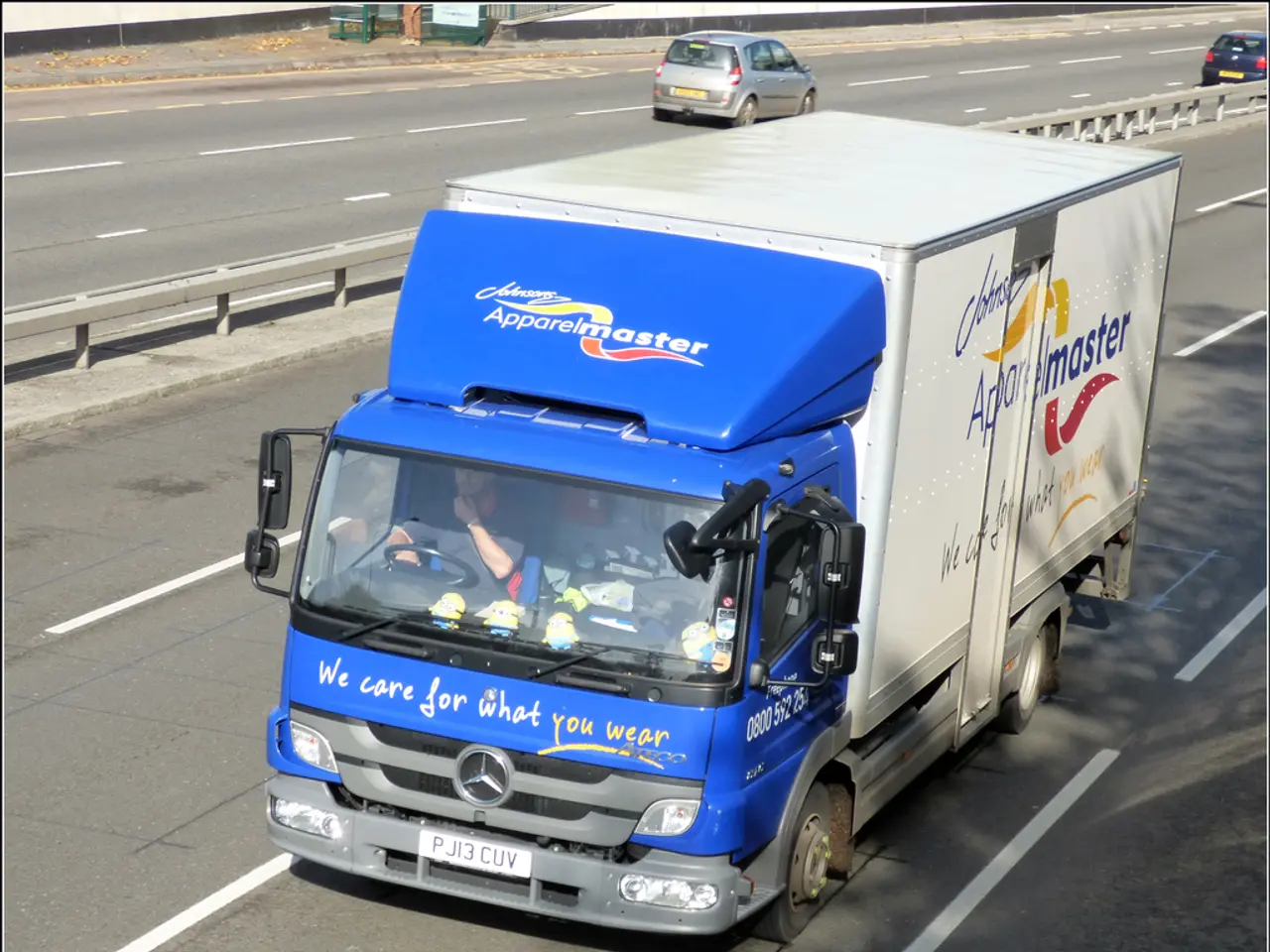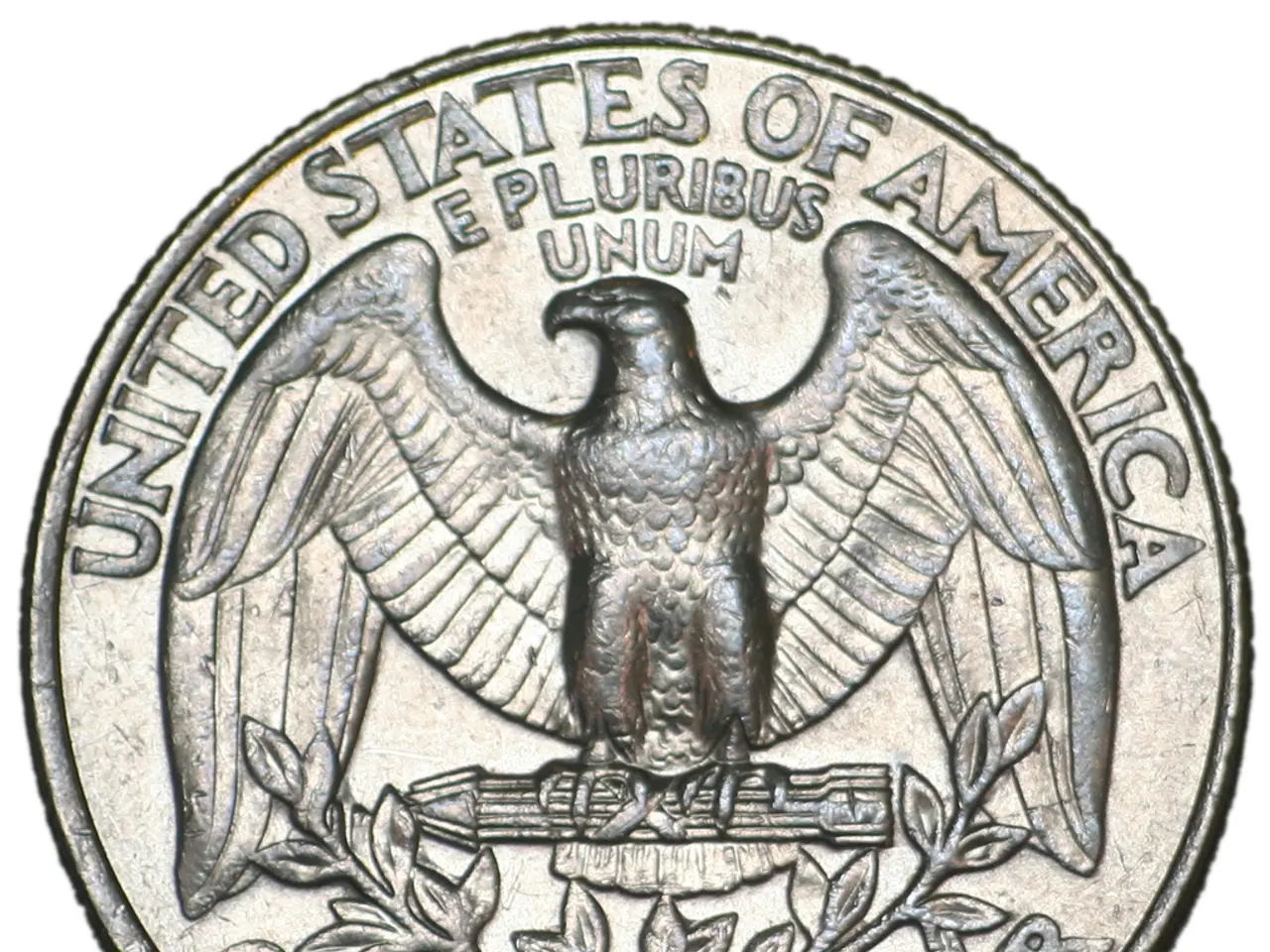Steel Safety Barrier Celebrates 70th Birthday - First Crash in Bochum Revisited
"Seventy meter-high steel safety barrier collapses for the first time in Bochum, Germany" - "Seventy-year-old steel guideboard suffers first accident in Bochum" or "First crash recorded in Bochum for a 70-year-old steel guideboard"
Paying homage to a stalwart of the road, the steel guardrail reaches its 70th anniversary. With an impressive three-day stint as the first "safety barrier" in Germany, stationed on the edge of the A40, it withstood a collision near Bochum. In a testament to its engineering prowess, a trailer slamming into the barrier at top speed was prevented from plummeting into the abyss, with the steel titan effortlessly rolling the truck back onto the roadway.
The steel guardrail, installed in 1955 near Bochum as a pilot project on the A40, initially served as a visual "guide" due to its eye-catching, bright band that clearly marked the roadside, as reported by the Autobahn GmbH. However, experts in the prestigious journal "Street and Highway" recognized its importance in traffic safety by the late 1960s, having studied various accidents.
This recognition led to the steel guardrail replacing the outdated "Alpine crossing," which consisted of crash cushions connected with wooden or concrete beams at steep spots. Steel safety barriers, based on U.S. systems used since the 1930s, offered improved safety features to prevent vehicles from veering off the road.
Regionally, Germany employs two distinct construction methods, the A-profile and B-profile, which aren't interchangeable. The Autobahn GmbH reports that about 80 percent of the country uses the B-profile, while Rhineland-Palatinate and certain northern areas still rely on the A-profile. Despite regional differences, both systems have demonstrated lasting effectiveness. Modern guardrails now boast a more substantial "crumple zone" and additional safety features to prevent vehicle breakage and keep heavy trucks securely on the road.
- steel guardrail
- Bochum
- Germany
- road safety
- crash barrier
- the Federal Highway Company
- traffic accidents
- Autobahn GmbH
(Incorporated Enrichment Data: 15%)
Steel Guardrails: A Timeless Safety Measure
Originated in the mid-20th century to accommodate the rising traffic volumes and mitigate accident severity by preventing vehicles from leaving the road or heading towards incoming traffic, steel guardrails have become a cornerstone of road safety infrastructure in Germany.
These roadside protectors are strategically placed along highways, bridge edges, and accident-prone areas. By efficiently absorbing and redirecting crash energy, steel guardrails have significantly reduced accidents, fatalities, and severe injuries.
Regional differences exist, with urban areas like Bochum adapting their guardrails to handle heavy traffic and industrialized settings. Rural or mountainous regions, on the other hand, may deploy guardrails tailored to the specific geographical challenges or traffic patterns. Local road authorities constrain these regional differences through their policies and budget allocation priorities.
Recognizing its vital role in reducing accidents and fatalities, road authorities in Germany have consistently prioritized the installation of steel guardrails along highways and accident-prone areas, such as Bochum, which often deals with heavy traffic and industrial settings. In addition, these regional policy guidelines specify the use of distinct construction methods, like the A-profile and B-profile, with budget allocation reflecting the importance of maintaining effective road safety infrastructure.
As we celebrate the 70th anniversary of steel guardrails, it is essential to acknowledge their long-term funding and the continuous development of these remarkable structures. Vocational training programs focusing on steel fabrication and road engineering have proven vital in developing the skilled workforce needed to create and maintain safe transportation infrastructure, ensuring cost-effective, efficient, and long-lasting solutions for the finance industry.




